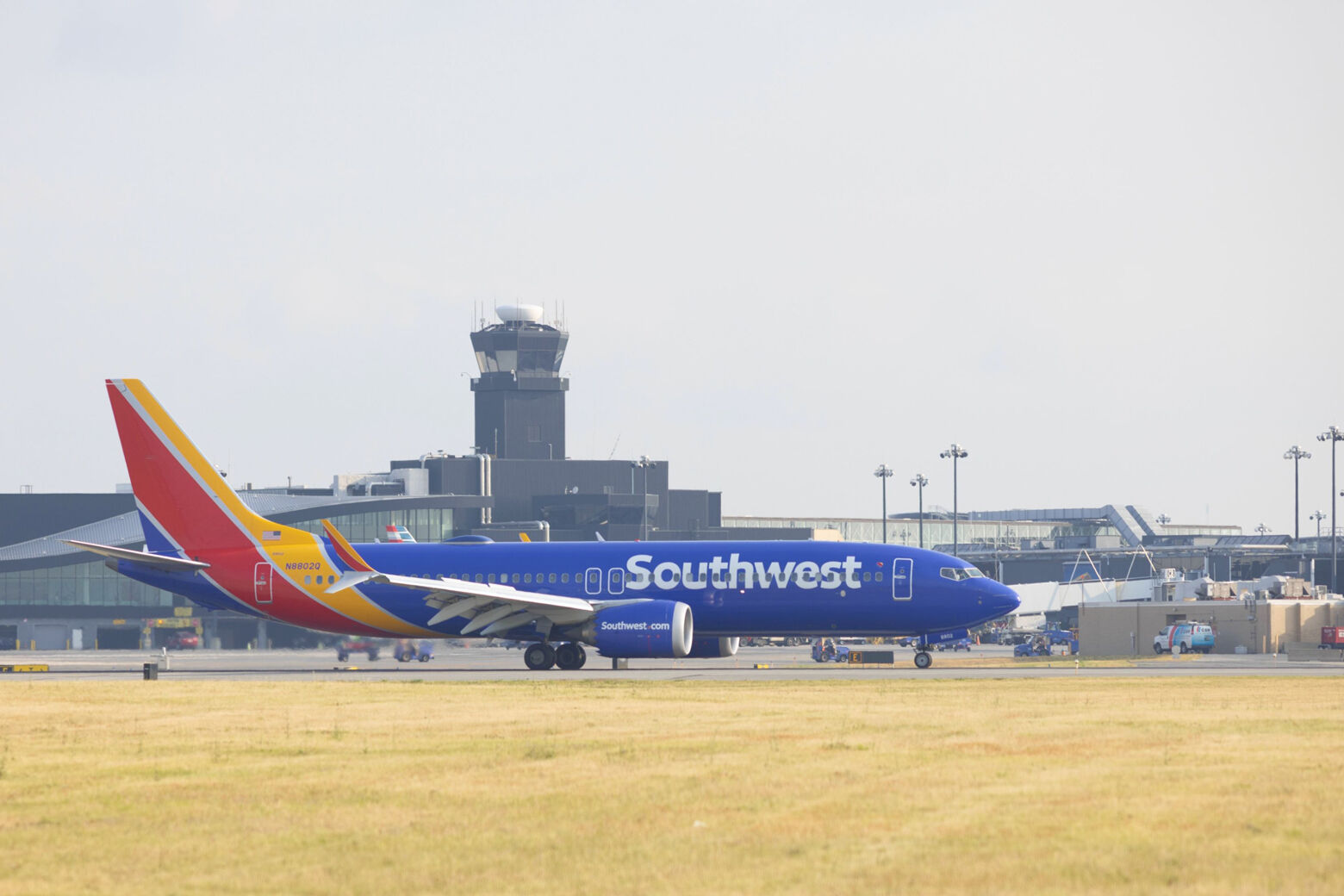In the shadow of Munich’s beer halls and Berlin’s, well, everything, you’ve got to feel a little sorry for historically overlooked Hamburg.
Built on the banks of the River Elbe, the port city in northern Germany is best known as a hub for maritime trade. But beyond the harbour front is a place of vibrant contrasts, where elegant architecture meets dusk-to-dawn party stamina.
Recently touted as an alternative to Amsterdam for its red light district and hundreds of crisscrossing canals, Hamburg is a lot more than its rough and ready reputation.
I spent 48 hours in the ‘Gateway to the World’ and discovered rich history, culinary delights and thumping nightlife that rival more famous European cities, making Hamburg the perfect choice for a city break in 2025.

Getting to Hamburg
Like the rest of Germany, Hamburg is easy to reach, with direct Ryanair flights from London Stansted (from £43 return); easyJet from Gatwick (from £75 return); and Eurowings from Heathrow from (£122 return).
The airport is conveniently located less than 30-minutes’ drive from the city centre, but the best way to get around is to buy a Hamburg Card, which offers unlimited travel on all U-Bahn, S-Bahn, bus and ferry routes.
The S1 train whisks you right from the airport terminal into the city.
Daily passes cost €11.90 (£10) and come with discounts of up to 50% for 150 of the city’s museums and restaurants.
48 hours: things to do in Hamburg
Much of Hamburg’s charm is the meeting of old-world warehouse districts and post-World War II architectural marvels.
I start my sightseeing at the Elbphilharmonie, an imposing concert hall-hotel known locally as the Elphi.
Sitting atop a 1960s brick warehouse, Hamburg’s tallest residential building is a handy place to get your bearings with a 360-degree outdoor observation platform to gaze over the city to the north, and the bustling port to the south.
If you’re lucky enough to see a performance in the Great Hall (they often sell out months in advance), you’ll get to see the magnificent construction of the 2,100-seat theatre and acoustics so important, the hall is separated from the rest of the building.

Hamburg has more bridges than London, Venice and Amsterdam combined, with a labyrinth of canals that flow into the mighty Elbe.
I visit in October, but every May, more than one million people descend on the waterfront for the Port Anniversary, the biggest event in Hamburg’s calendar. Sailing ships parade down the river, live performances fill the streets and food stalls serve local delicacies before the night ends with a spectacular fireworks display.
The river path stretches for miles, with plenty of riverside bars and restaurants to rest your feet in before you head back towards the city centre.
Hamburg’s grand City Hall, The Rathaus, dominates the skyline. Finished in 1897, it’s now the nucleus of the shopping district, with high-end boutiques in the northern Old Town and high street giants like H&M and Zara to the south.
Wide, pedestrianised promenades are dotted with restaurants along the way, providing plenty of opportunity to refuel after retail therapy.
If it turns into a retail nightmare, head to Binnenalster Lake, a popular respite from the frenzy of city life. Stroll along tree-lined paths, enjoy a drink at the waterfront restaurants, or simply unwind with a decent book. In the summer months, you can also catch the nightly water and light show.

‘The most sinful mile’
Forget Berlin’s judgmental bouncers and stuffy black dress codes, Hamburg’s legendary nightlife district – the Reeperbahn – is all about having fun.
Known as ‘The Most Sinful Mile,’ its neon-lit streets has evolved from a red-light district to a mix of underground clubs and trendy dive bars — and scarcely a thump of techno.
I traipsed through venues like Große Freiheit 36 and Molotow, where The Beatles played in the early 1960s before they became a household name, before perching myself at Le Lion, a famous speakeasy that serves expertly crafted drinks.
If you want to dance until dawn, check out one of the district’s iconic nightclubs like Dollhouse or Übel & Gefährlich, housed in a sprawling war bunker.

Chocoholics and caffeine-addicts rejoice
Hamburg’s trade roots remain important today with huge quantities of coffee and cocoa flowing through its port. If you’re a chocolate lover (who isn’t?), a visit to Chocoversum (€25/£21) will not disappoint like Glasgow’s Willy’s Chocolate Experience.
Sample delicious treats made in-house and learn about the journey from from bean to bar. But the main draw is making your own block. Picking between dark, milk and white is the easy part. More difficult is choosing between the dozens of toppings. From savoury nuts to salted caramel, it’s your souvenir sorted.
When you crash from all the sugar, Burg Coffee Museum is on hand for a pick-me-up. Along the 90-minute tasting tour (€21/£18) through one of the original canalside warehouses, you’ll see why Hamburg’s tax exemption for raw beans made it the coffee capital of Europe. Try everything, especially the most exclusive Kopi luwak, made from the excrement of a jungle cat.

Where to stay in Hamburg
Right in the middle of the action is the new Novotel Hamburg Central Station. Aside from its obvious transport links, its central location is superb, just a few minutes walk from the city’s top restaurants and shops.
Standard rooms are simple but cosy, with Nespresso machines and huge smart TVs to unwind with after a day pounding the pavements. The four-star hotel has co-working spaces, a fitness centre and a bar, lounge and restaurant that serves buffet breakfasts.

Jed Bradley was a guest of Accor. Jed stayed at Novotel Hamburg Central Station where prices start at £110 per night.
Ryanair flights from Stansted start at £43 return; Eurowings from Heathrow at £122 return.
MORE: ‘My daughter vanished in 1981 and I will never stop searching for her’
MORE: I visited 10 countries in a year — this tiny kingdom trumped them all
MORE: Blood-thirsty 33ft dinosaur rediscovered after its bones were blown up in WWII
















